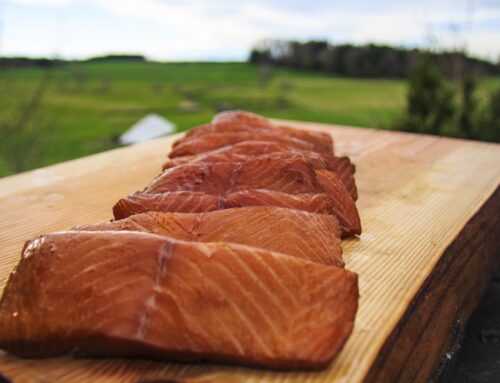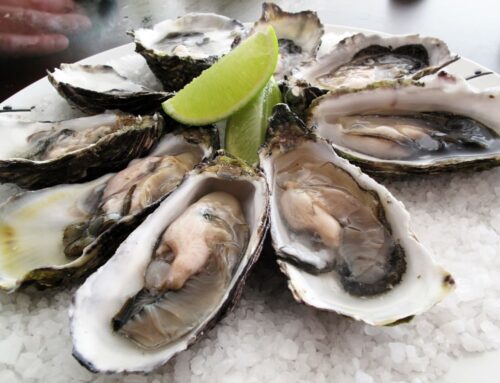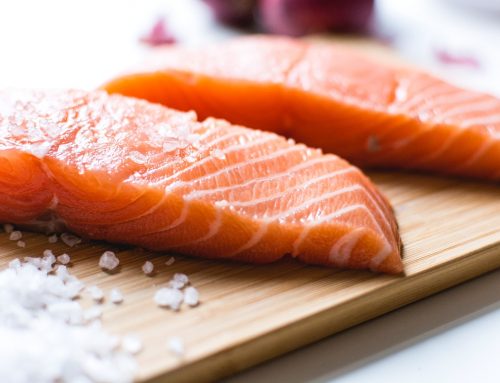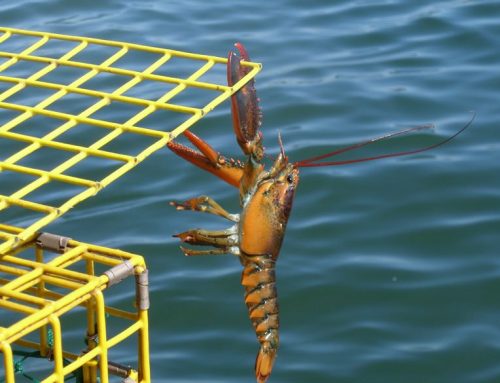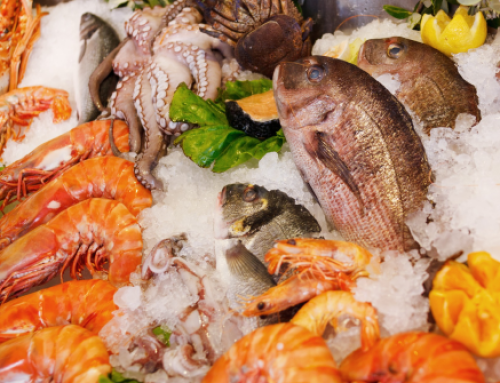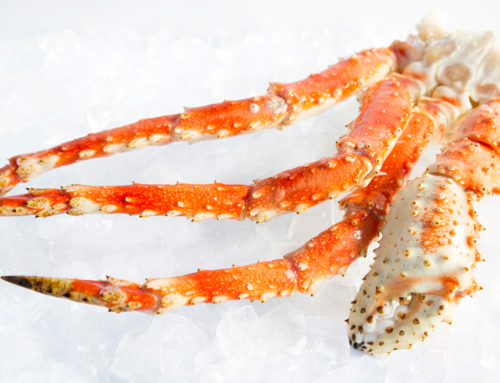Although Alaskan King Crab dominates the minds of many seafood lovers, it is not the only crustacean in the sea. True seafood aficionados are well-aware that the Atlantic King Crab, known also by its common name, Northern Stone Crab, occupies the northwest Atlantic. The bottom dwelling crustacean has a pear-shaped upper shell and short sharp spines cover the King Crab’s appendages.
Harvest Season and Region of Atlantic King Crab
One of the significant differences between the two opposite coast crustaceans is just that: they are found on opposite coasts. The Atlantic bottom dweller is native to the Atlantic Ocean. The crab’s territory in the northeast region extends all the way down to Central America. Atlantic King Crab is also found in certain areas of the Gulf of Mexico, which is generally from where stone crabs are consumed in the United States.
Unlike Bering Sea King Crab, among which include red King Crab, the Atlantic crab does not grow to a large size. While the weight of the red King Crab can sometimes reach 24 pounds, the Atlantic King Crab grows similarly to the snow crab and typically does not exceed 4 pounds (2 kilograms). The harvest seasons also differ between the two types of King Crab. The harvest season for the Atlantic bottom dweller is from mid-October to mid-May. Alternatively, the primary fresh crabbing season for the Alaskan King Crab is from October to January (though it can last longer depending on the region).
Does Atlantic Crab Taste Different?
The taste of the stone crab is unlike other King Crabs that may come across your plate on your next evening out for dinner. The Atlantic crab is considered by many to taste sweet, which puts it in stark contrast to blue King Crabs that are native to Maryland. Its meat is also described as flaky – not unlike a mix between shrimp and lobster.
Another unique quality of the Atlantic-based crab is that its meaty, thick-shelled claws are the most desirable parts of the crustacean. Unlike red King Crab, blue King Crab, or golden King Crab – all of which are native to Alaska – the Atlantic crab is not known for people eating its legs. In fact, there is not a great deal to the crab beyond its impressive claws. For that reason, only one leg is removed when the Atlantic crab is caught and then the crab is thrown back into the waters.
Perhaps the most noteworthy part of the process, though, is the fact that the Atlantic crab is incredibly sustainable. Given their large and meaty claws, fisheries often seek to declaw the crabs (singular or dual removal is commonplace), and then take one of their legs, and these crabs are afterwards returned to the ocean. However, what makes them so sustainable is the fact that these crabs are capable of regenerating their missing leg, and some of the crabs can even regrow their removed claws.
Take note of our Affiliate Relationships that may exist with this page and companies listed on it.


